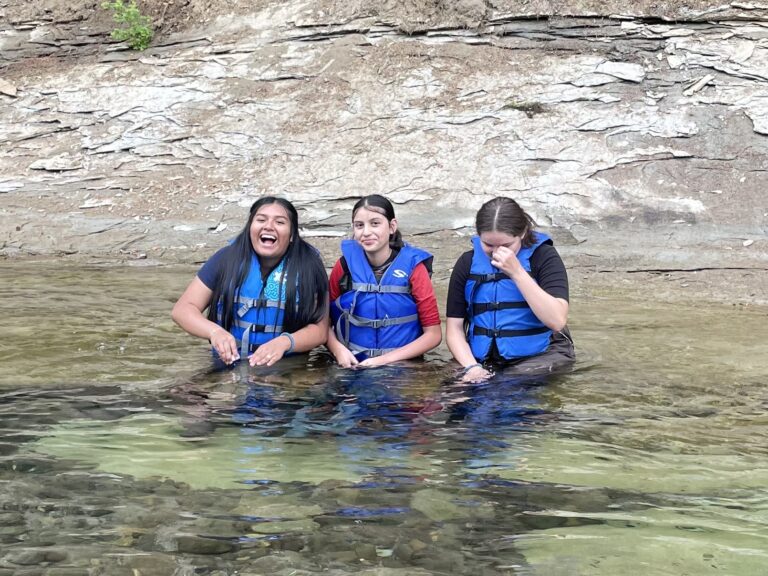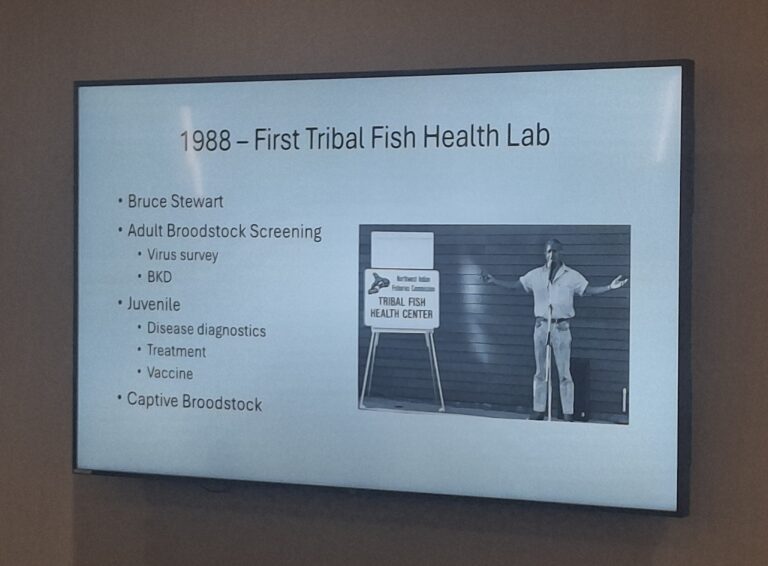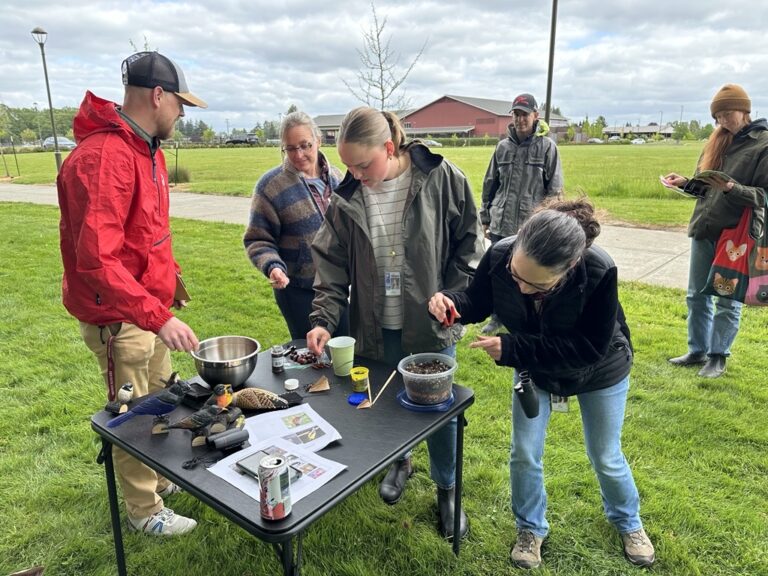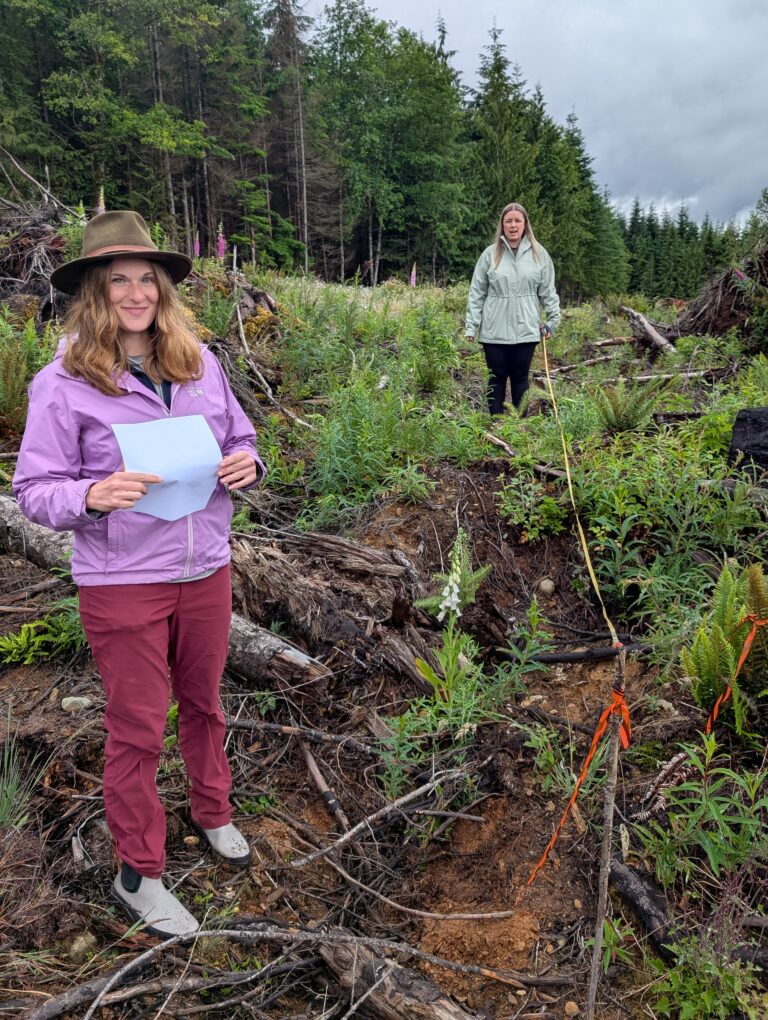An in-person Thursday night workshop at the PEI office in December turned out to be less like a training and more like a party. The teachers who attended were all already engaging in outdoor learning with their students, and guest speakers stayed for all or most of the session to share ideas and perspectives, even after their presentations ended.
“It was a really fun night,” says Molly Griffiths, PEI’s Associate Director, Puget Sound Region. “We had a great time. The teachers were able to have conversations about the work they’re doing and everyone shared ideas, books and opportunities for collaboration.”
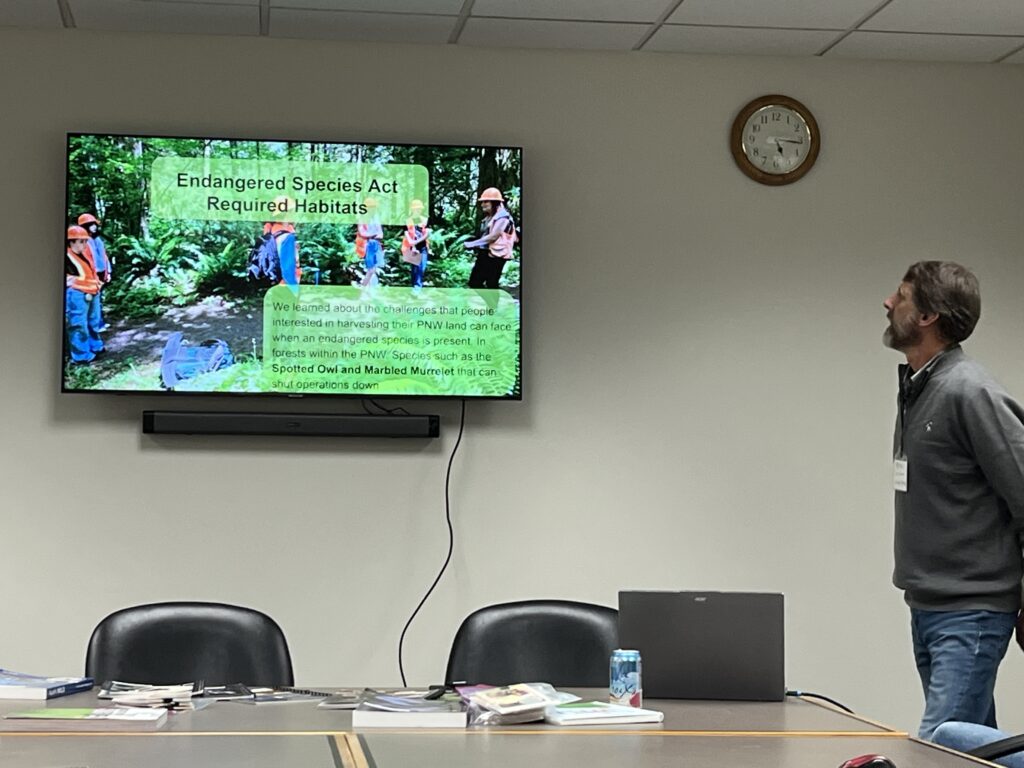
The catalyst for all this enjoyment was Career Connected Learning with Forest Sector Partners. Project Learning Tree (PLT) provided guides to green jobs and participants explored PEI’s Forest Management Career and Technical Education (CTE) frameworks, evaluated regional forest sector partnership opportunities and developed plans to explore entry-level forestry job positions with their students.
To get a better sense of what those partnerships might look like, they heard from three guest speakers: Stan Lubinus, Weyerhaeuser Region Engineer; Natalie Marshall, Green Diamond Public Affairs Coordinator; and John Glenn, Physical Science and Natural Resources teacher, A.G. West Black Hills High School.
“Everything was exciting and interesting. Talking with and hearing from the industry partners helped me see how many pathways exist to forestry careers. The YESS program is truly inspiring and worth sharing with students, especially my 8th-graders.”
— Workshop Participant
Lubinus and Marshall helped teachers understand the diverse careers available through forestry. “Stan talked about shadowing in the field and a lot of the teachers thought that would be a cool opportunity for students to see what it’s like to work in a forest, even just for a day,” says Griffiths. “There are different levels. It’s different from, ‘I like to go hiking.’ If you’re a wildlife biologist, you’re going to be outside in the pouring rain sometimes. The conversation helped them understand the reality of working outside.”
Next, they heard from John Glenn who has been leading a PEI Youth Engaged in Sustainable Systems (YESS) program for the Tumwater School District for the past two years. Glenn pointed out that forestry and forest management are not just big timber companies like Weyerhaeuser but also include conservation districts, the Department of Natural Resources and small forest landowners.
Glenn also shared information about collaborating with community partners through the YESS program. The Tumwater YESS crew had 14, more than any other program in 2024. “The teachers were inspired by John casting a wide net for community partners and amazed by all the fieldwork his students were doing,” says Lauren Troyer, South Sound FieldSTEM Coordinator. “It was a theme we kept coming back to.
“Everything was exciting and interesting,” one teacher reported in a post-workshop evaluation. “Talking with and hearing from the industry partners helped me see how many pathways exist to forestry careers. The YESS program is truly inspiring and worth sharing with students, especially my 8th-graders.”
“I appreciated learning from you all,” said another. “I have so many ideas for how to engage students outdoors now, including refining timber cruise* and natural resource activities that I currently do.”
The workshop included planning time for teachers to think about how to introduce their students to green jobs. Participants left excited and inspired by the possibilities of collaborating with community partners they hadn’t previously considered.
*A timber cruise is a process that foresters use to measure trees and estimate the amount of timber in a forest area. It’s a sampling process that involves measuring a portion of a forest stand and assuming that the average volume of the sample is the same as the entire stand.

